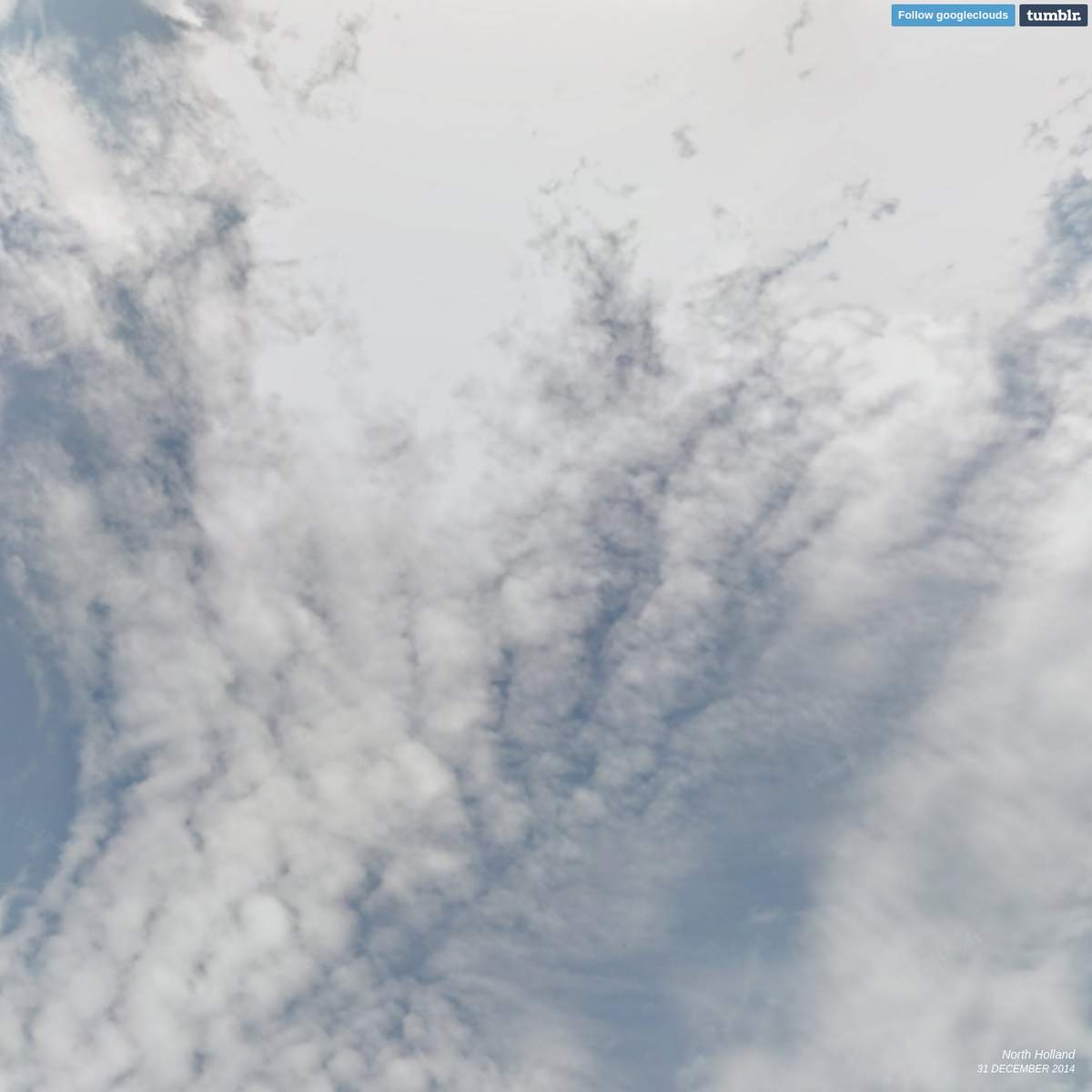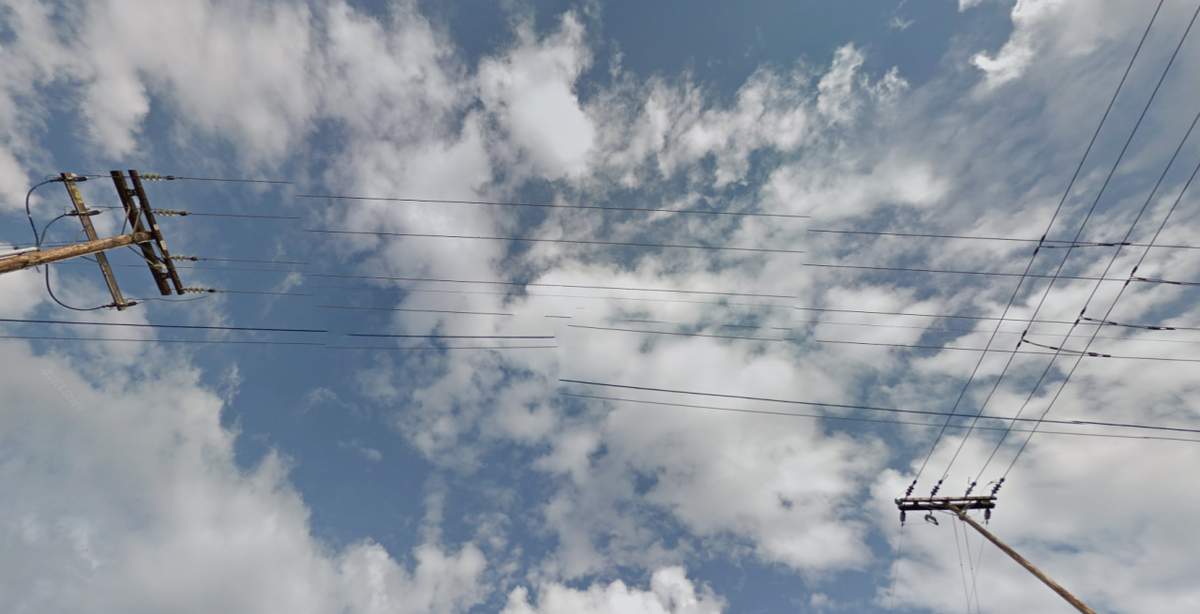syn·site
in pseudoscientific terms: A dynamic phenomenon which manifests in the compounding reconfiguration of fragments from selves, sites, and associations. It activates at the intersection of disparate elements, forming a crystallized, collaborative consciousness akin to a superposition state in quantum mechanics, where the specific and the abstract, the internal and external, the actual and the virtual, the organic and the synthetic exist simultaneously.
in pseudoscientific terms: A dynamic phenomenon which manifests in the compounding reconfiguration of fragments from selves, sites, and associations. It activates at the intersection of disparate elements, forming a crystallized, collaborative consciousness akin to a superposition state in quantum mechanics, where the specific and the abstract, the internal and external, the actual and the virtual, the organic and the synthetic exist simultaneously.
SYN (along with, at the same time | from Greek SYN, with | ~SYNTHETIC) + SITE (N: point of event, occupied space, internet address; V: to place in position | from Latin SITUS, location, idleness, forgetfulness | ~WEBSITE ¬cite ¬sight), cf. SITE/NON-SITE (from Robert Smithson, A PROVISIONAL THEORY OF NONSITES, 1968)



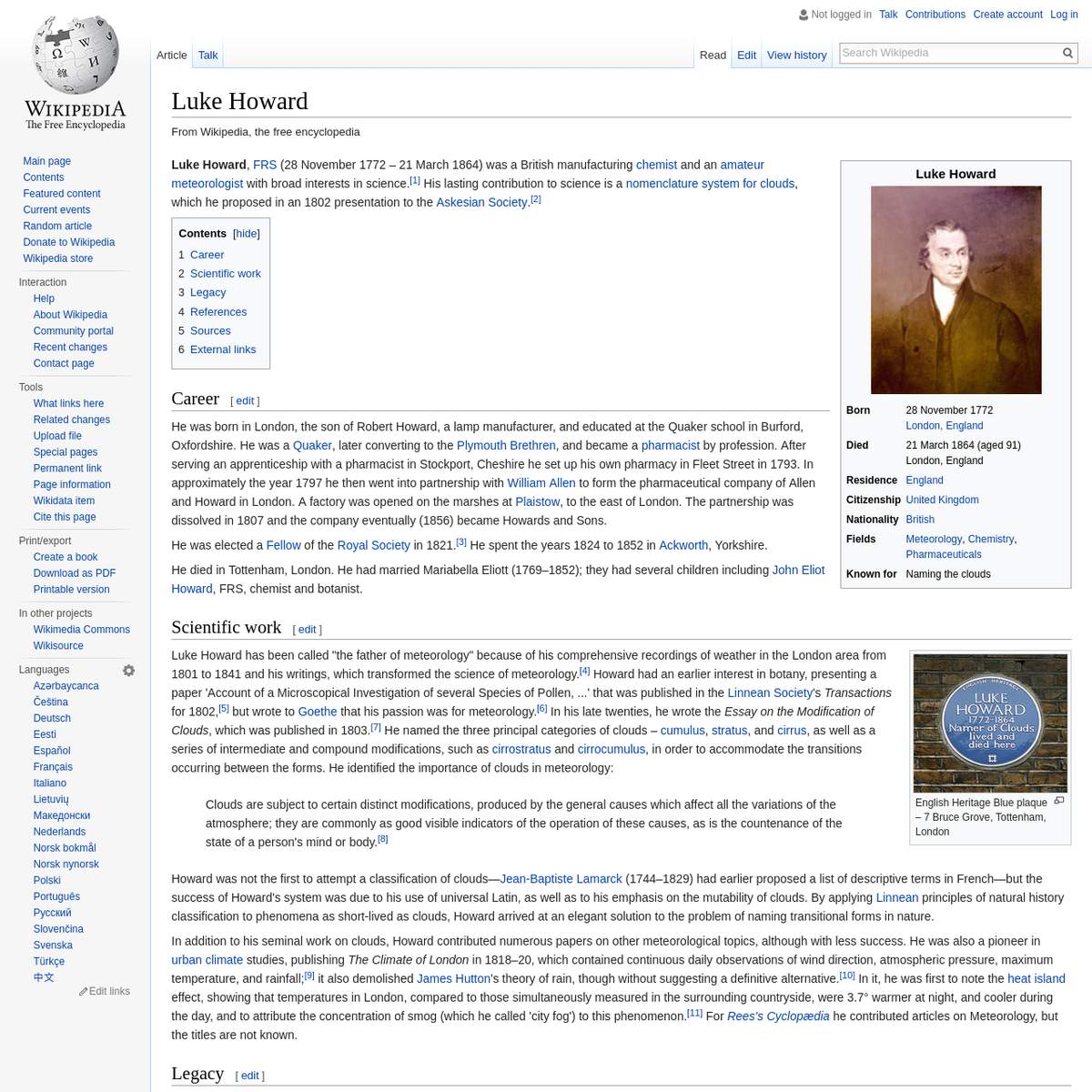


"Computer vision and artificial intelligence have become ubiquitous. We are now living in a world of planetary-scale 'Smart Cities' that track license plates, cell phone signals, faces, and pedestrian movements; self-driving cars autonomously navigate urban environments; robotic factories use computer vision for quality assurance and logistics. The works in this exhibition seek to provide a small glimpse into the workings of these platforms, and into the underlying data that structures how machines 'perceive' images, language, landscapes, and people."
"Computer vision and artificial intelligence have become ubiquitous. We are now living in a world of planetary-scale 'Smart Cities' that track license plates, cell phone signals, faces, and pedestrian movements; self-driving cars autonomously navigate urban environments; robotic factories use computer vision for quality assurance and logistics. The works in this exhibition seek to provide a small glimpse into the workings of these platforms, and into the underlying data that structures how machines 'perceive' images, language, landscapes, and people."
"Computer vision and artificial intelligence have become ubiquitous. We are now living in a world of planetary-scale 'Smart Cities' that track license plates, cell phone signals, faces, and pedestrian movements; self-driving cars autonomously navigate urban environments; robotic factories use computer vision for quality assurance and logistics. The works in this exhibition seek to provide a small glimpse into the workings of these platforms, and into the underlying data that structures how machines 'perceive' images, language, landscapes, and people."
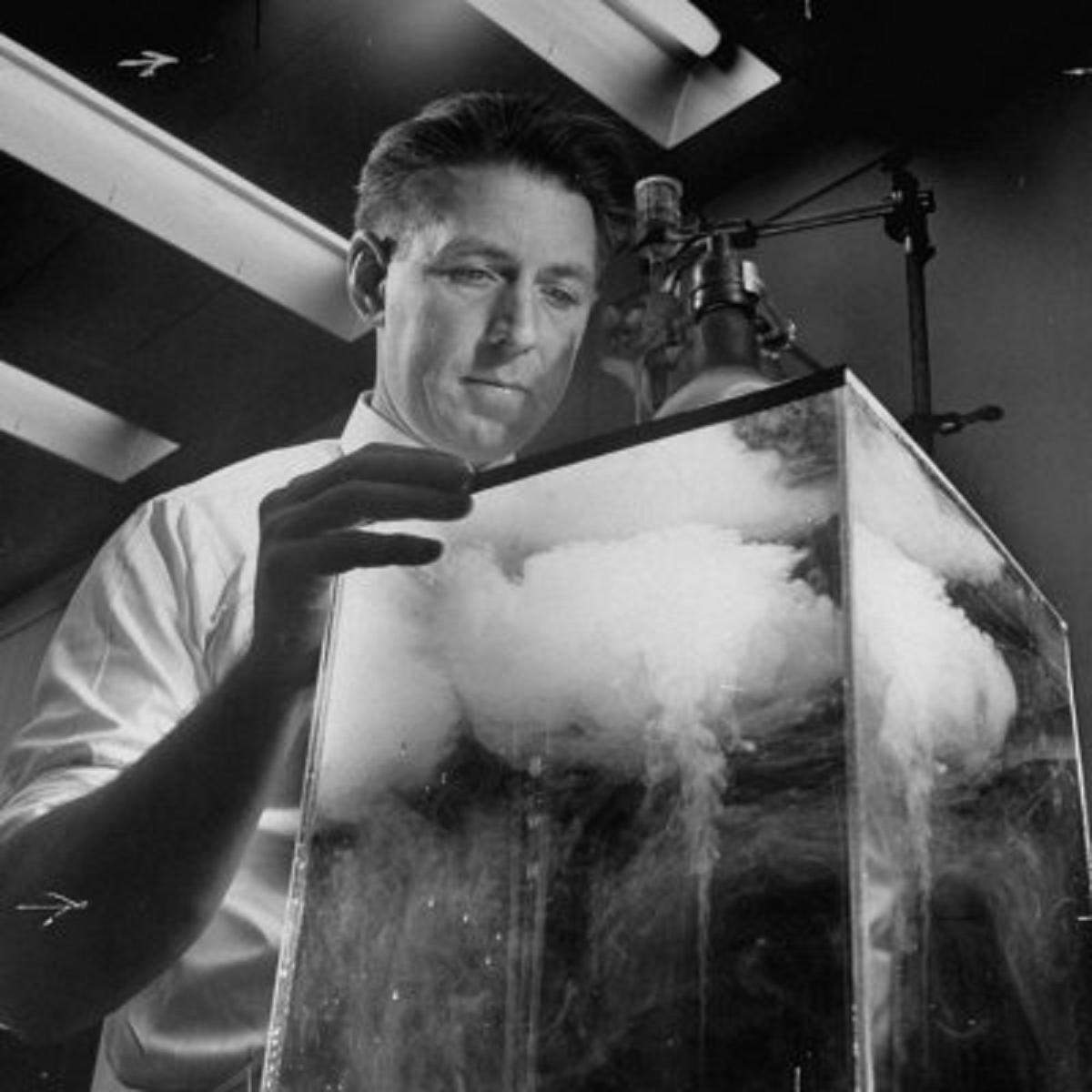


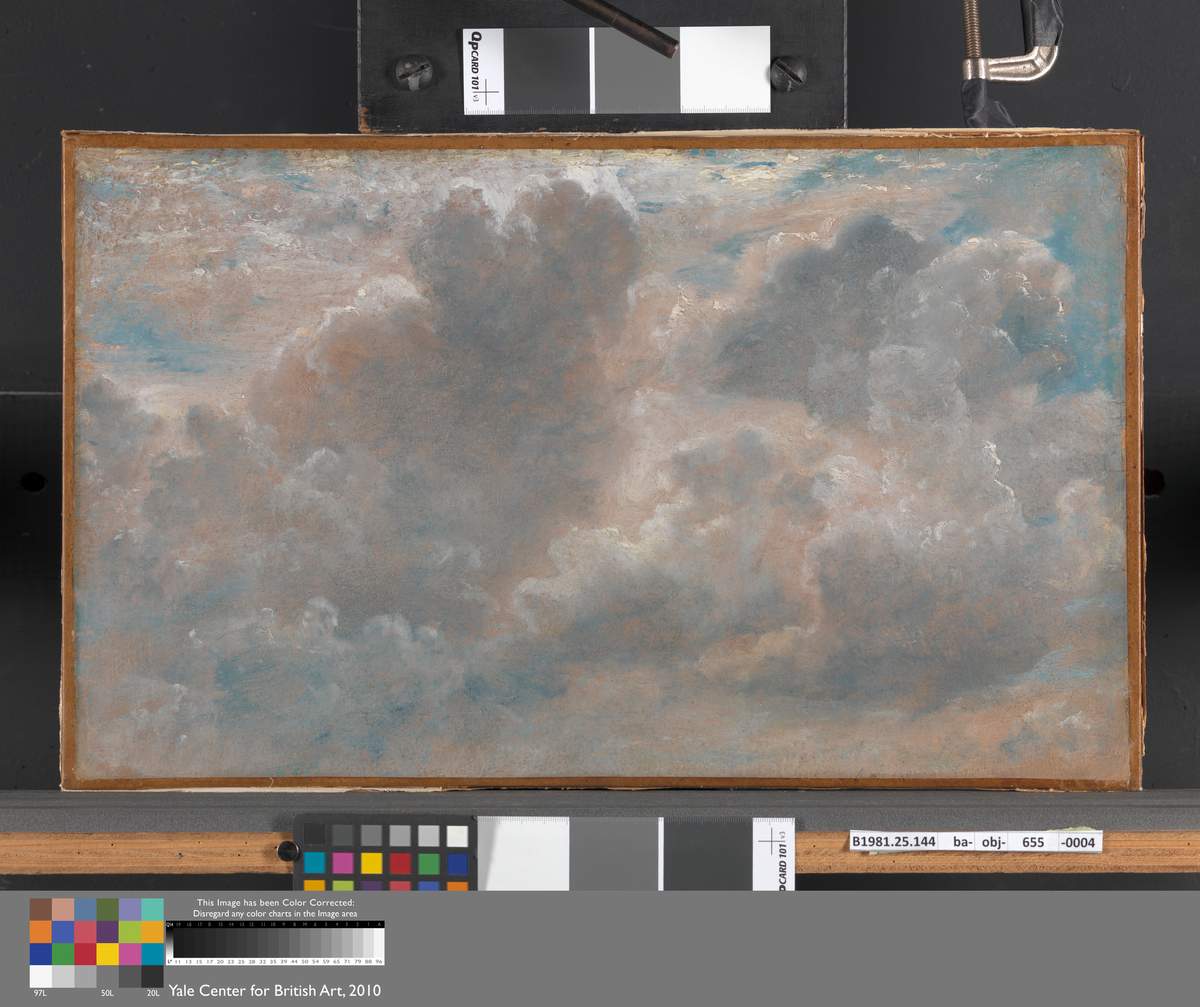


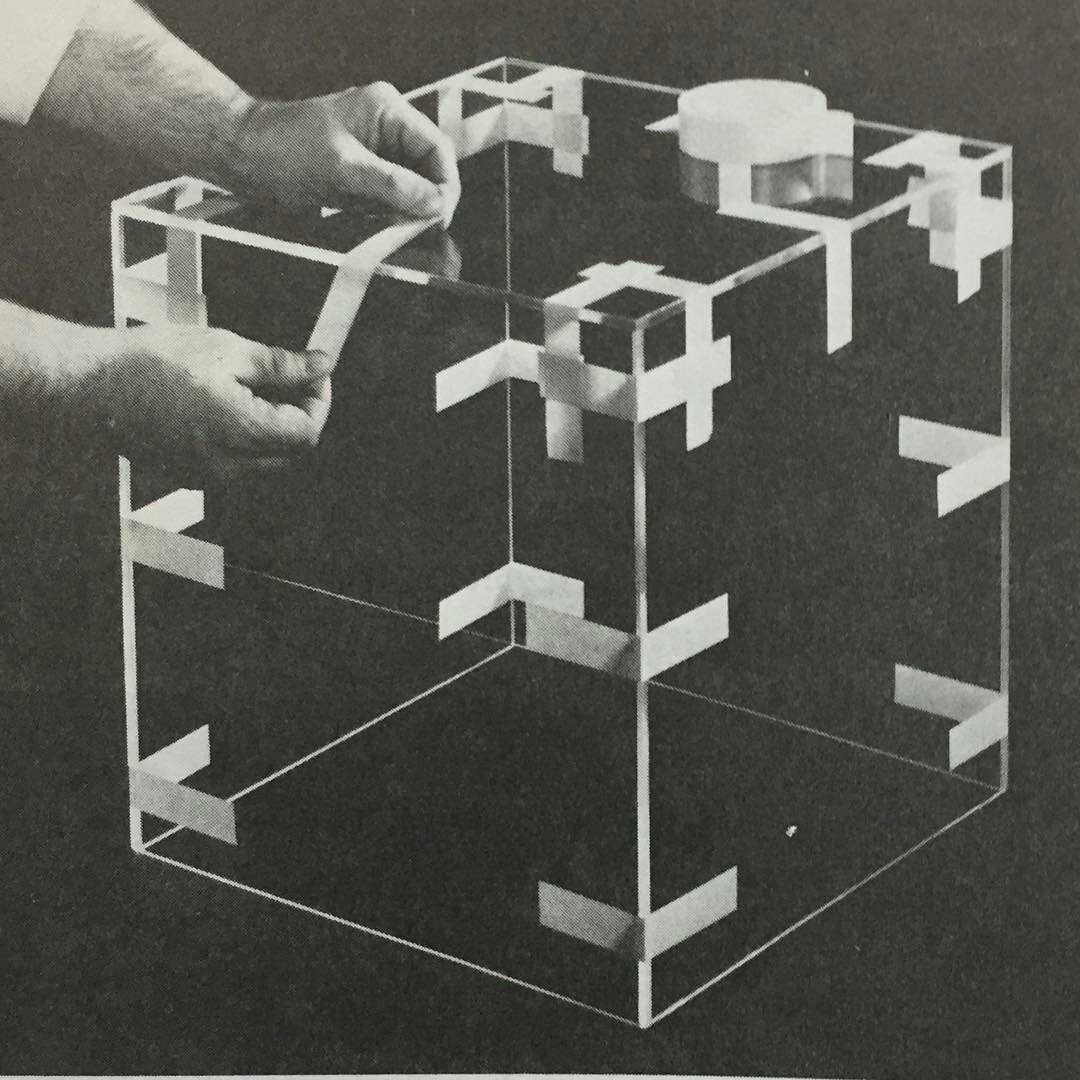








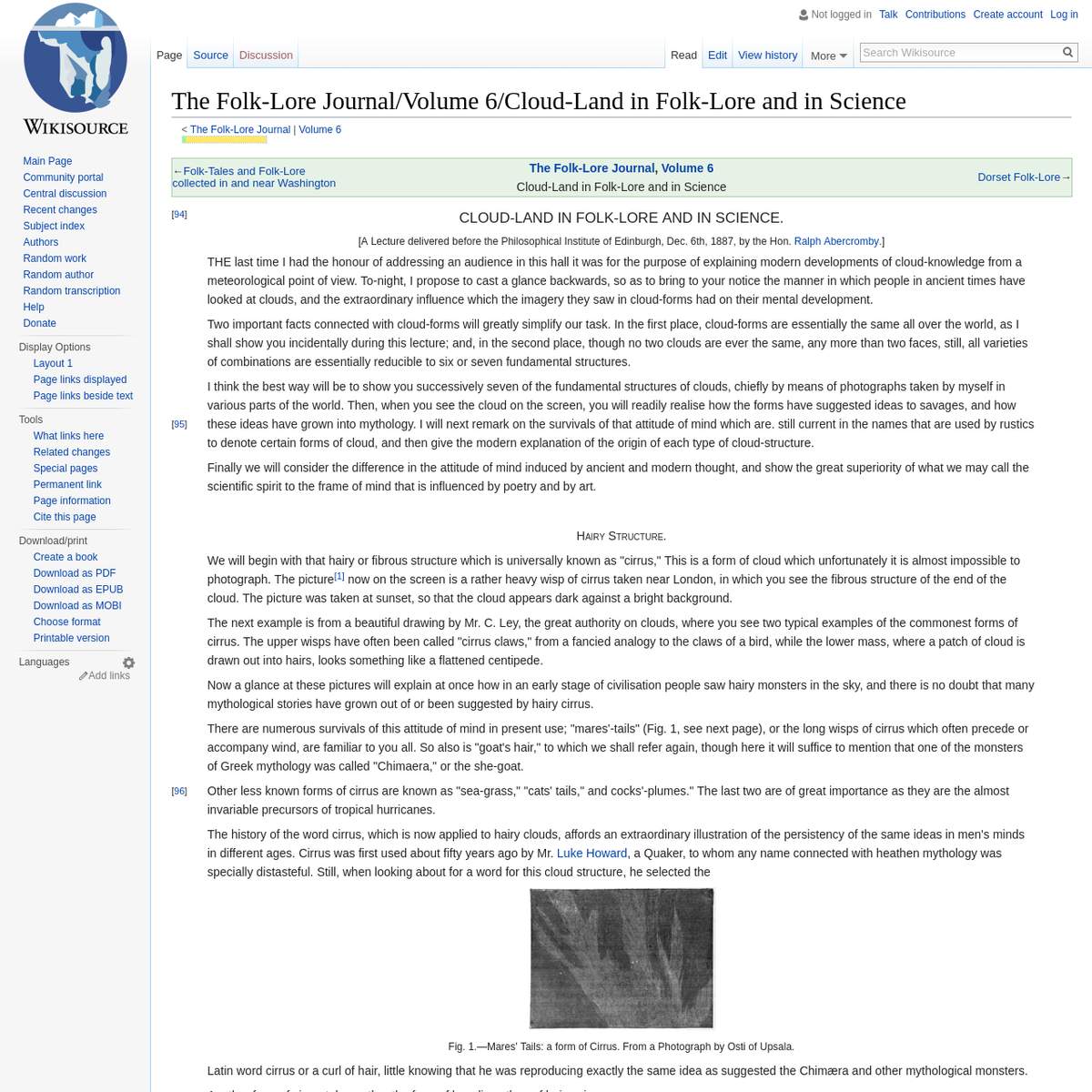


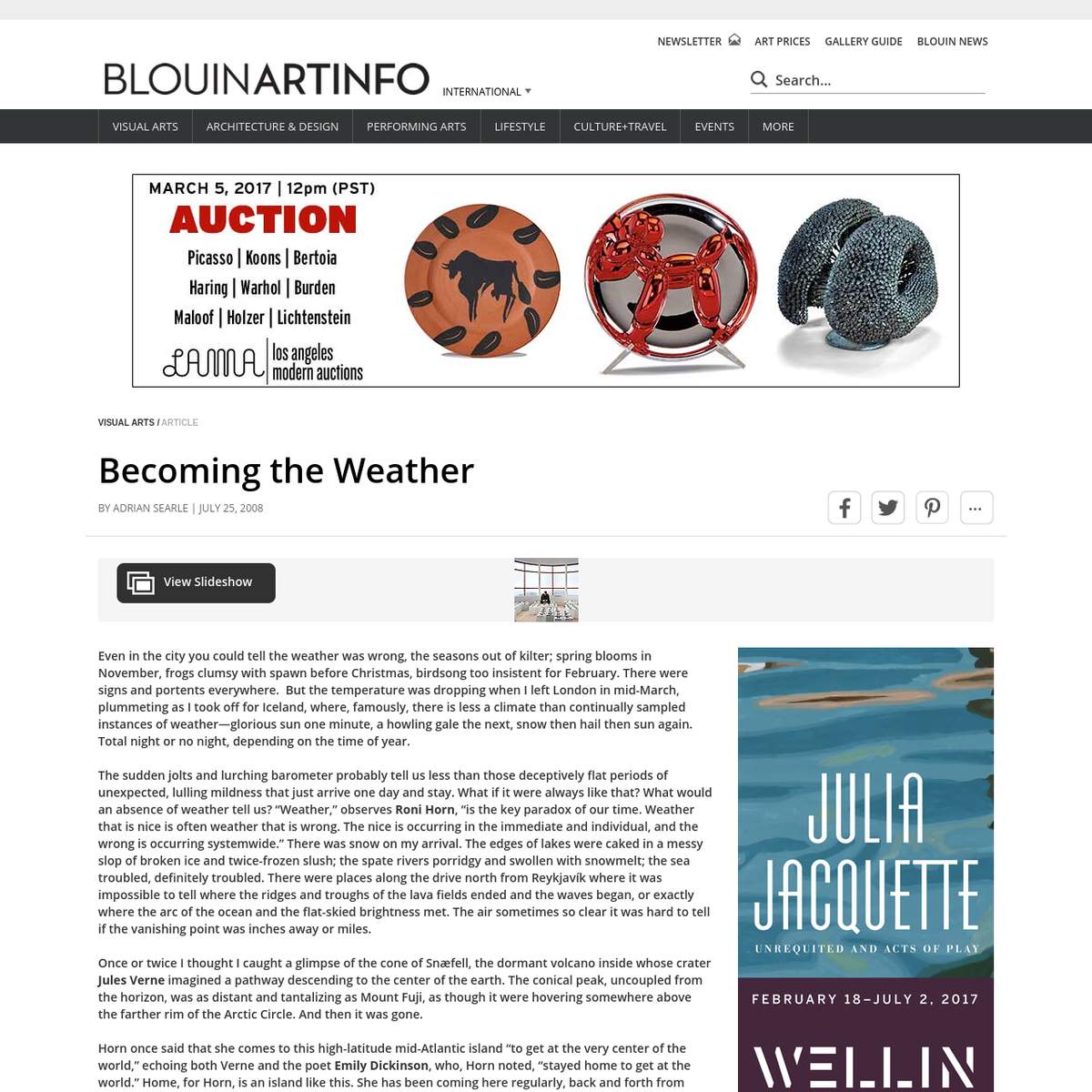





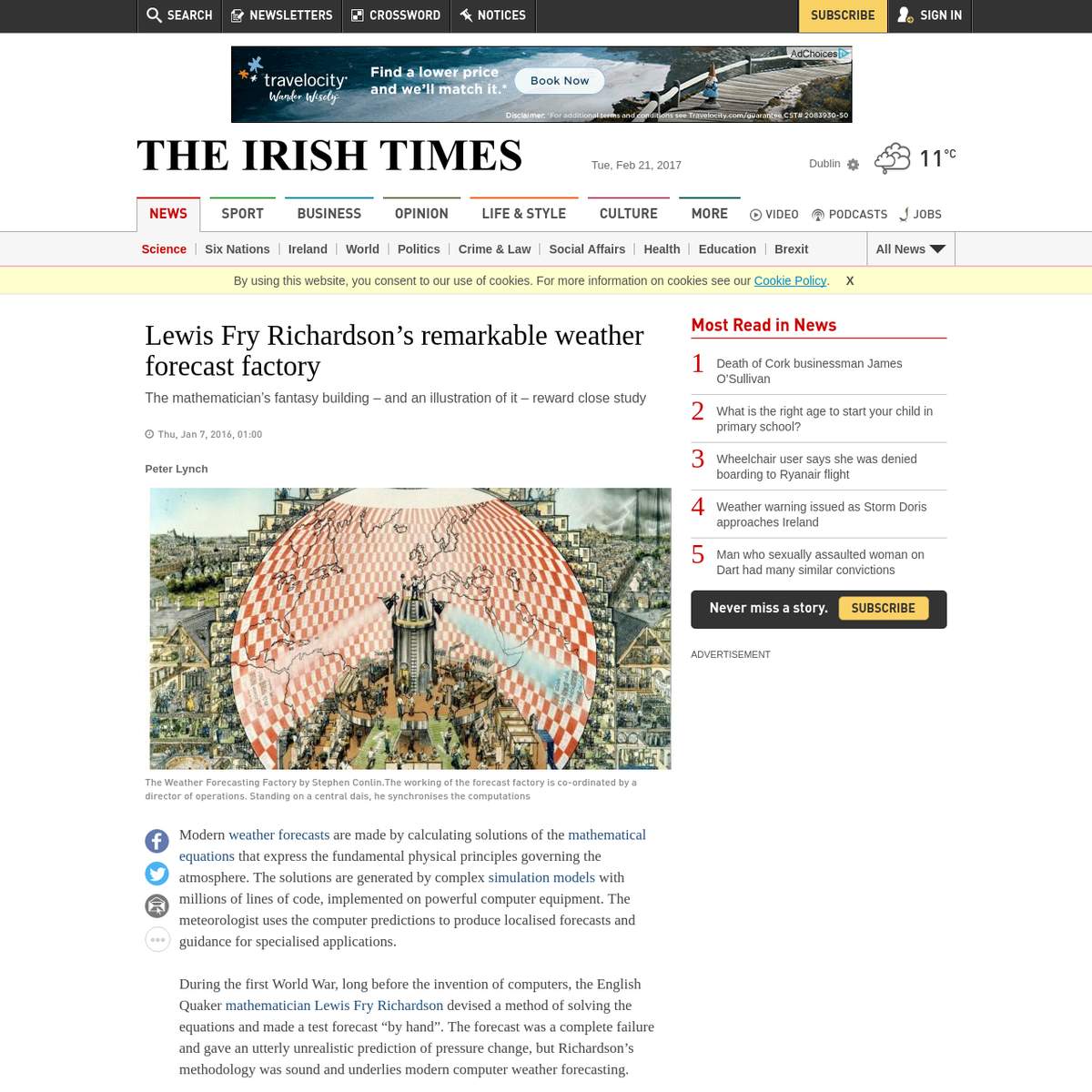

















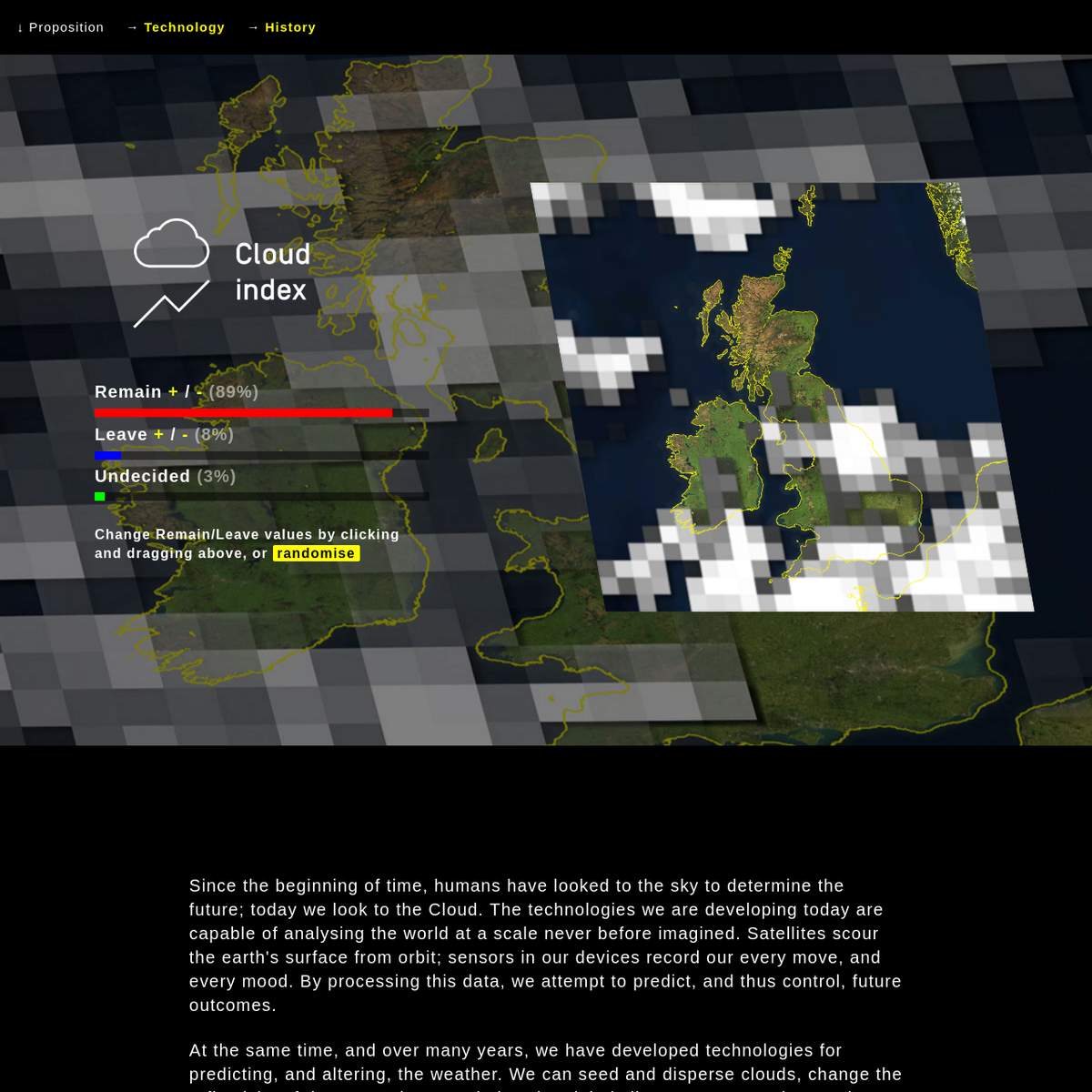





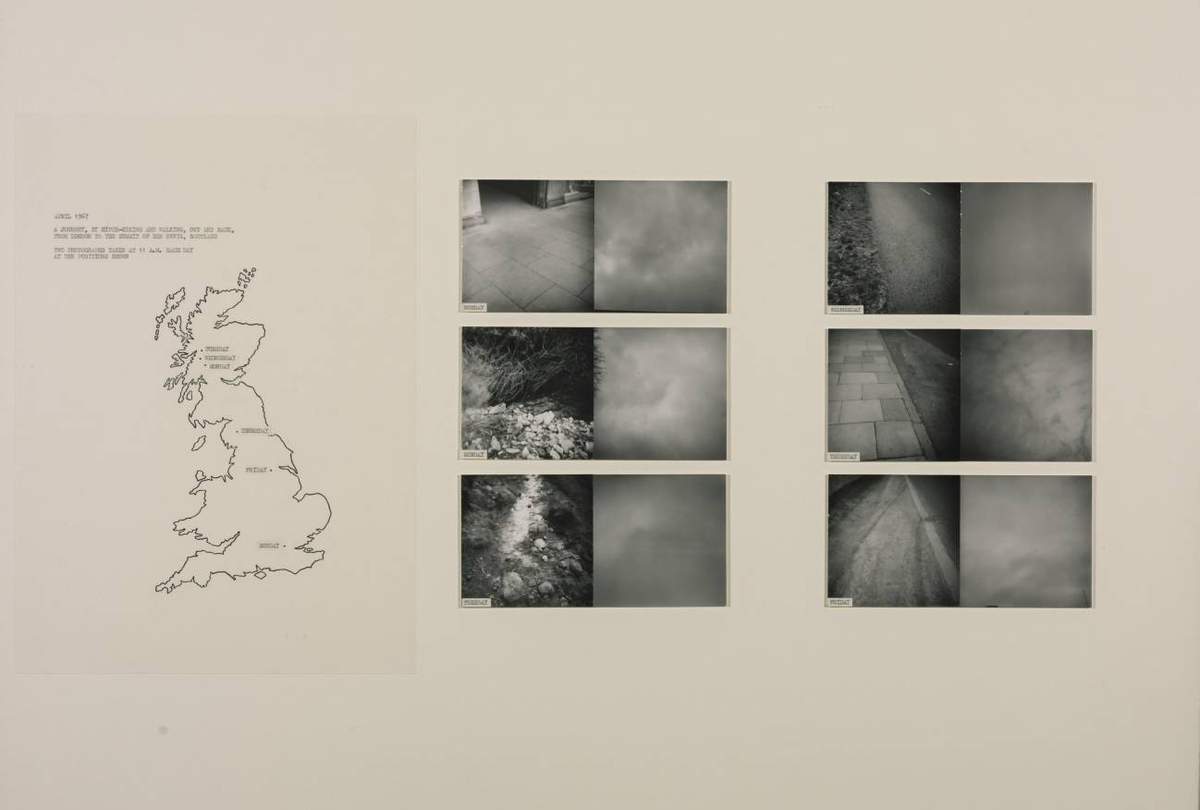


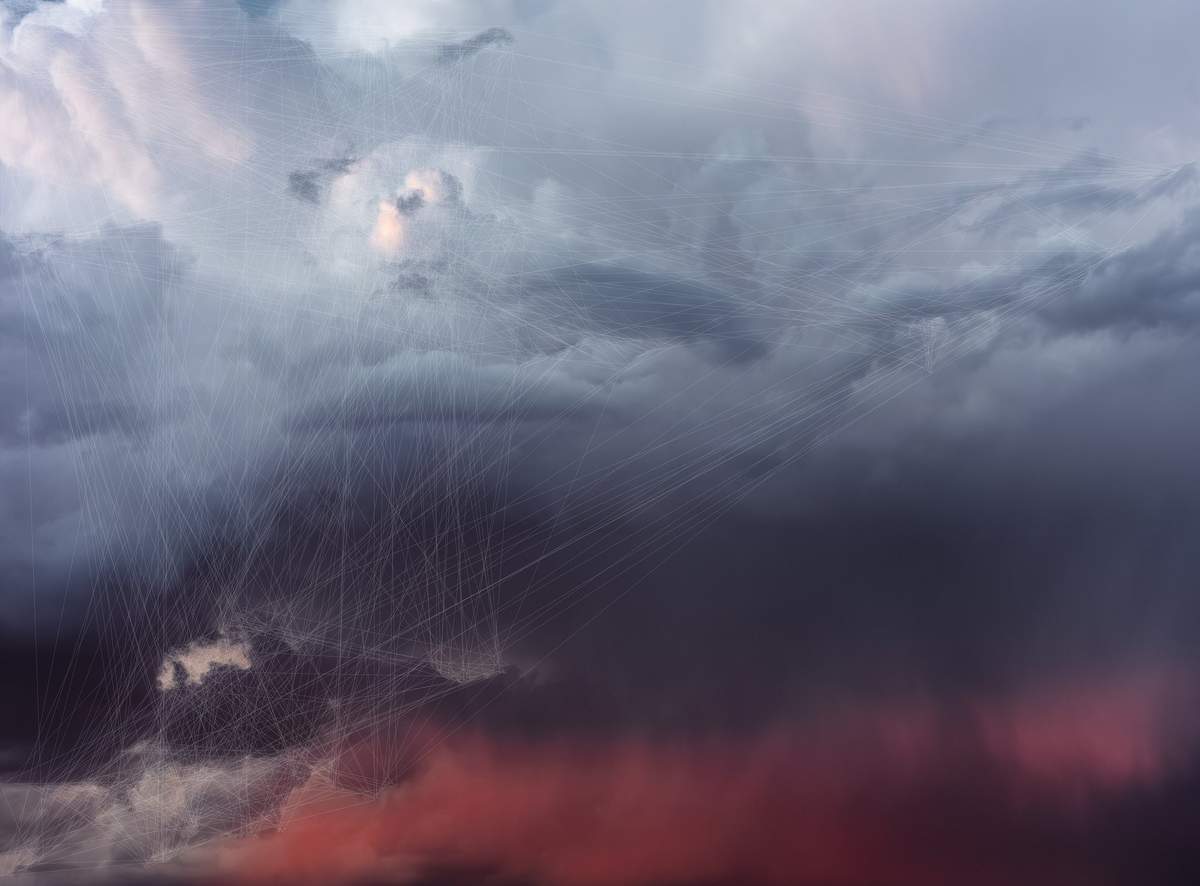


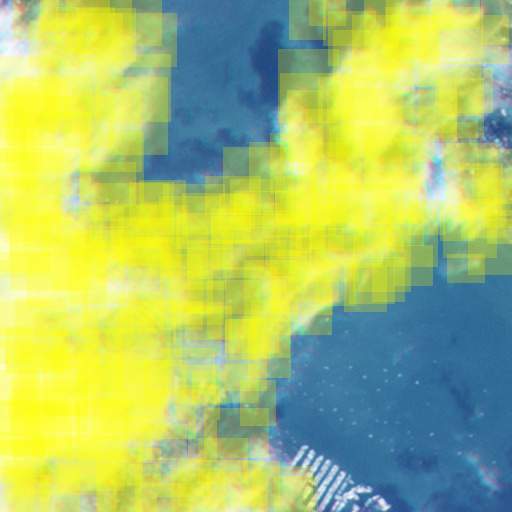








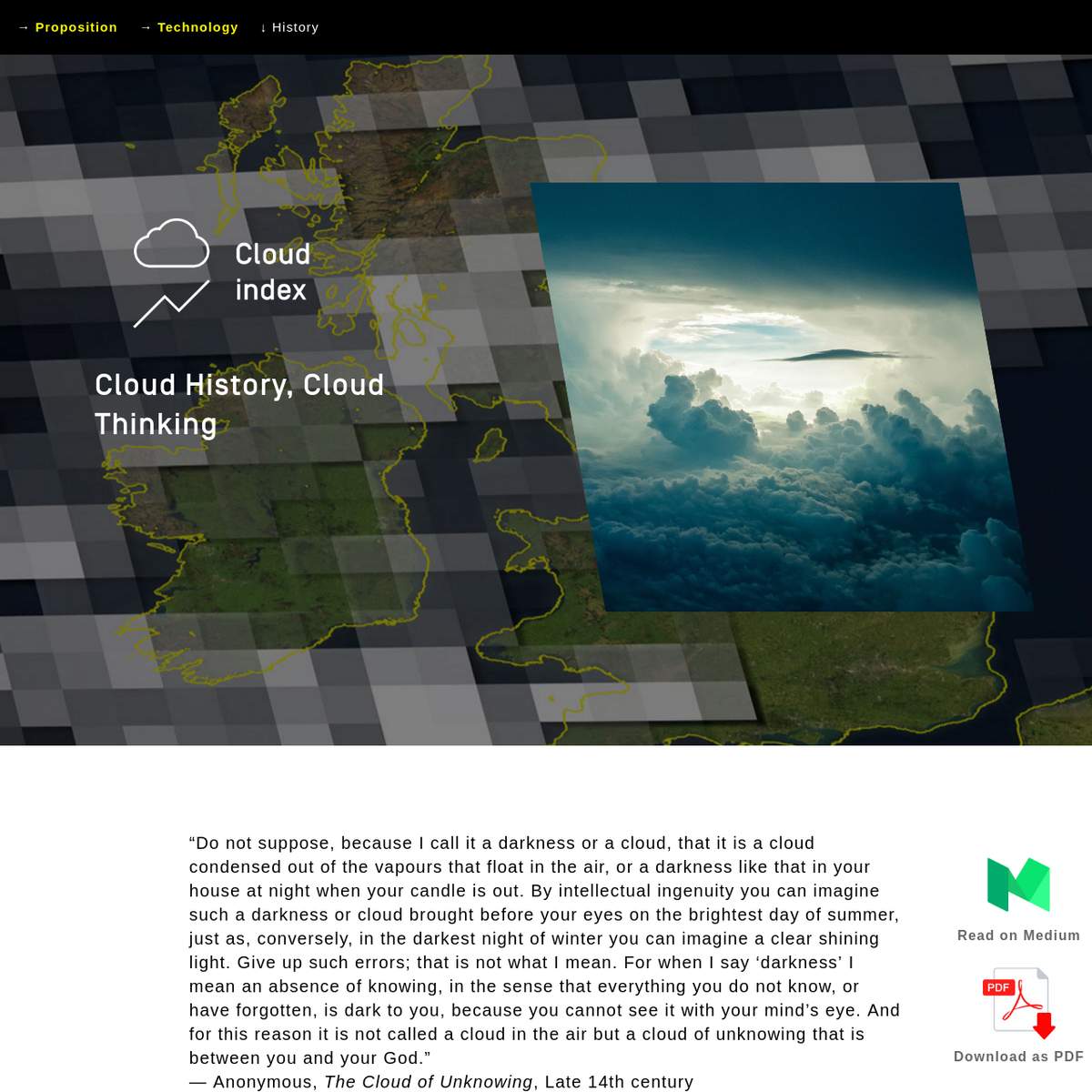


"Cloud computing is the full spectrum deployment of computational thinking to the world, and the internet makes of these clouds a single, vast, planetary weather system."
"Cloud computing is the full spectrum deployment of computational thinking to the world, and the internet makes of these clouds a single, vast, planetary weather system."
"Cloud computing is the full spectrum deployment of computational thinking to the world, and the internet makes of these clouds a single, vast, planetary weather system."
